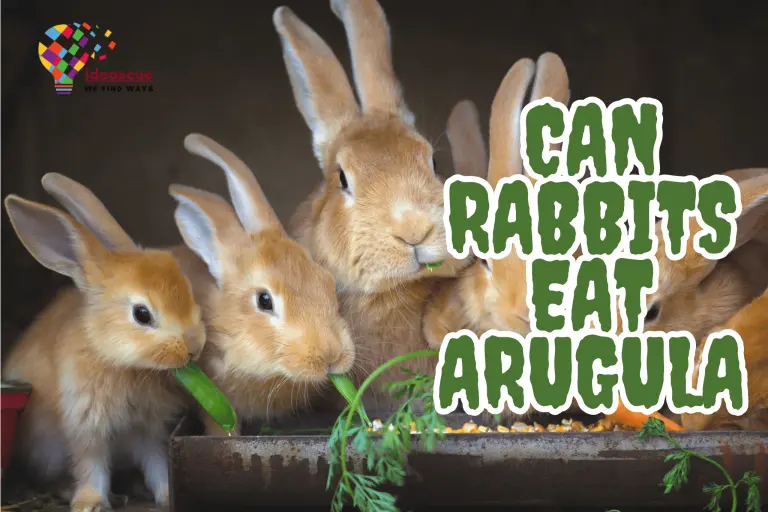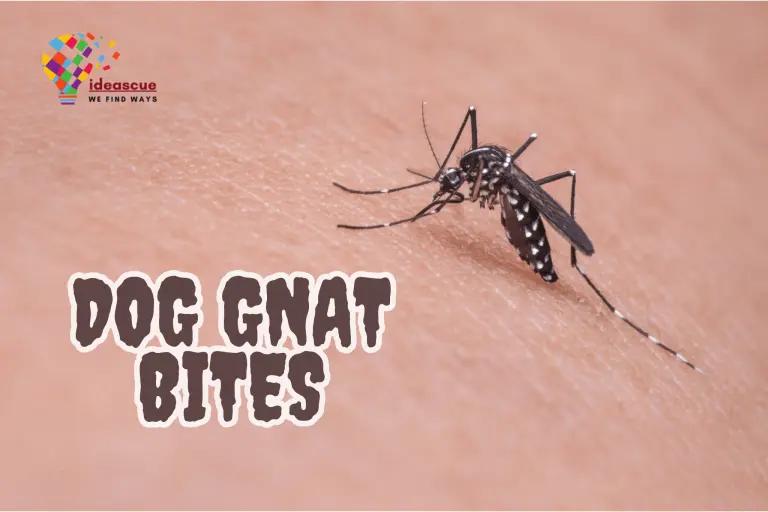Can Coyotes Climb Trees?: Report Any Aggressive Behavior
Introduction:
Coyotes are known for their adaptability in various environments. This adaptability raises questions like, “Can coyotes climb trees?” While they are versatile creatures, their climbing abilities have limitations.
Exploring this aspect sheds light on their behavior and capabilities. This article provides insights into whether coyotes can scale vertical structures. Understanding these abilities helps us coexist peacefully with these fascinating animals.
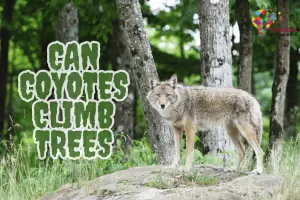
How often have you seen a coyote climbing tree? Contrary to popular belief, coyotes have limited tree-climbing abilities. Their physical structure is not ideally suited for climbing like cats or some other animals. However, they can manage to climb lower tree branches, especially when motivated by food or safety.
Can Coyotes Climb Fences?

Coyotes are proficient at overcoming barriers, including fences. They can jump or scale shorter fences, particularly if there are footholds to aid their climb. This ability highlights the importance of securing yards against these resourceful animals.
How Do I Keep Coyotes Out of My Yard?
Install Tall, Unscalable Fencing:
A fence with a minimum height of six feet can be effective in keeping coyotes out. It should extend underground to them from burrowing beneath. Smooth surfaces on the fence can also discourage them from trying to climb.
Adding Roll Bars at the Top of Fences:
Roll bars, also known as coyote rollers, are devices that can be added to the top of a fence. They roll or spin when a coyote tries to get a grip, making it difficult for the animal to pull itself over the fence.
Remove Temptations including Trash:
Coyotes are often attracted to yards by the smell of food. Keep your yard free of food scraps, and fallen fruits, and secure your garbage bins. Provide nourishment for your pets inside the house and avoid leaving their food outdoors.
Install Lighting:
Coyotes usually stay active at night and tend to avoid brightly lit places. Installing motion-sensor lights can startle and deter them from coming into your yard.
Report Any Aggressive Behavior:
Should you observe a coyote showing signs of aggression, inform your local wildlife officials. They can provide specific advice and may take action if the coyote poses a danger to the community.
Keep Pets Indoors:
Coyotes may view small pets as prey. It’s safest to keep pets indoors, especially at night. If they need to go outside, supervise them, and don’t let them roam freely, especially in areas where coyotes have been spotted.
Coyotes on Roofs and Other Structures:
Coyotes have been spotted on roofs and other structures, often accessing them through lower structures or overhanging trees. These occurrences, while rare, demonstrate their determination and agility.
Other Canines That Climb:
Some canines, like foxes, wolf cubs exhibit better climbing skills than coyotes. These species have adapted to environments where climbing can provide food access and safety.
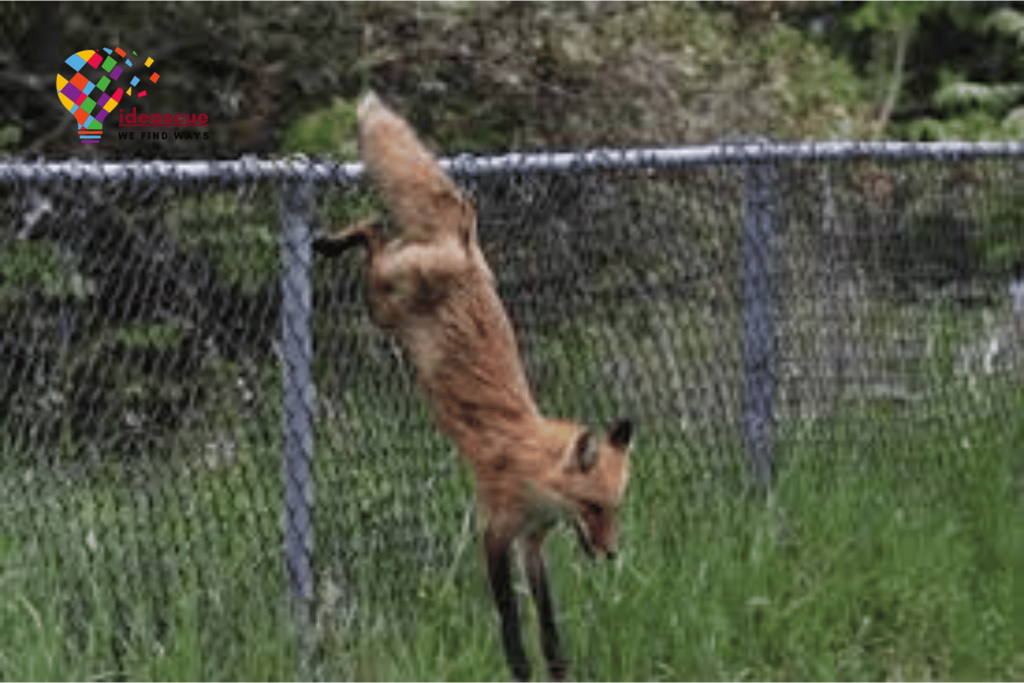
Why Do Coyotes Climb Trees?
Overcoming Obstacles
Coyotes may climb to overcome obstacles, particularly when chasing prey or escaping threats.
Hiding From Other Animals
Occasionally, coyotes might climb to evade larger predators or domestic dogs, using elevation as a temporary refuge.
Coyotes’ Other Impressive Abilities
Jumping Skills:
Their jumping skills are a testament to their adaptability, allowing them to navigate various terrains and obstacles.
Hunting Abilities:
Coyotes are skilled hunters, capable of taking down small to medium-sized prey with strategic hunting techniques.
Hunt for Smaller Animals:
Their diet often includes rodents, rabbits, and other small animals, showcasing their role in the ecosystem.
Why Coyotes Cannot Climb Tall Trees?
Lack of Sharp Claws
Coyotes have claws that are not as sharp or retractable as those found in typical tree-climbing animals like cats. This characteristic limits their ability to grip and ascend vertical surfaces effectively. Their claws are more suited for running and digging, which are essential for their hunting lifestyle.
Without sharp, curved claws, climbing steep or smooth surfaces like trees becomes a challenging, if not impossible, task for them.
Bodies not adapted for climbing
Coyotes’ bodies are made for running, not climbing. They have strong legs for running fast and long distances. Climbing trees is hard for them because of their stiff bodies. Their body shape is not good for climbing.
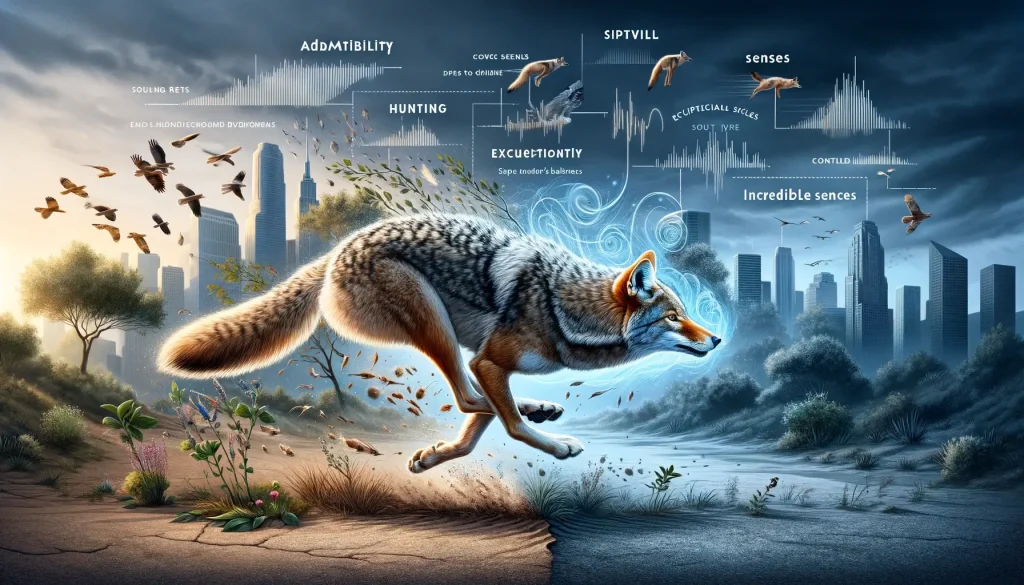
FAQs:
Conclusion
Coyotes, with their adaptable nature, have intrigued many. We are often worried that can coyotes climb trees. Will they somehow end up in the yard? Understanding these abilities is crucial for wildlife enthusiasts and homeowners alike.
This knowledge aids in effective cohabitation and yard protection. It’s important to appreciate and respect these resilient animals. Their survival skills, including minimal climbing, are essential aspects of their behavior.

